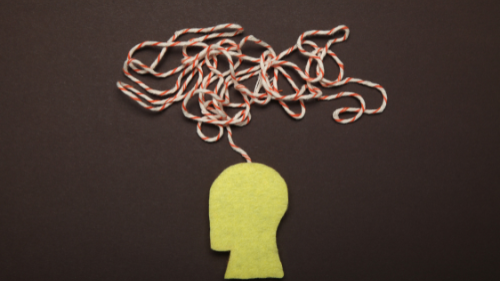How to Tell the Difference Between True Fear and Learned Fear
Not all fear signals danger. Sometimes, what you experience as fear
is simply an emotional memory. A learned response. A reflex that has more to do
with what happened to you before than what’s happening now. Learning to
distinguish between true fear and learned fear is key to making conscious choices,
avoiding unnecessary paralysis, and reclaiming your inner freedom.
True fear protects you. Learned fear limits you. And the hardest
part? They feel the same in the body: racing heart, tension, sweating,
freezing. But their origins—and their purposes—are different.
True Fear Keeps You Safe. Learned Fear Keeps You Small.
True fear arises in the face of a real, current threat. Your body
senses danger and responds instinctively: fight, flight, or freeze. It’s fast,
natural, and fades once the danger passes. It’s there to protect you.
Learned fear, on the other hand, is built from past experiences,
family messages, or societal beliefs. It doesn’t respond to the present—it
reacts to an old script: “You’ll fail,” “You’ll be rejected,” “Don’t try—it won’t work.” These
messages get deeply embedded and, over time, trigger automatic emotional
reactions in certain situations—even when no real danger exists.
This kind of fear can show up when speaking in public, starting a
relationship, changing jobs, expressing feelings, or simply saying no. And it’s
not because you're in danger—it’s because your mind associates those scenarios
with possible pain.
Knowing the Source of Fear Gives You Back Your Power
To tell the difference between fears, you need to observe: What
triggers it? Is there a real threat right now, or am I anticipating one? Is
this fear protecting me—or paralyzing me? What personal history might be
fueling this reaction?
In therapy, we help you identify fears that no longer belong to you.
Fears that may have once kept you safe, but now only block your growth.
Learning to talk to your fear—instead of fighting it—is the first step toward
freedom.
It’s not about living without fear. It’s about not letting fear make
your choices. Not letting it shape your relationships, your decisions, or your
place in the world. And that can be learned, practiced, and transformed.
If you’ve been feeling stuck without knowing why, if one part of you
says “I want to” but another says “better not”, it might not be
intuition. It might be an old alarm going off for no reason.



